☰
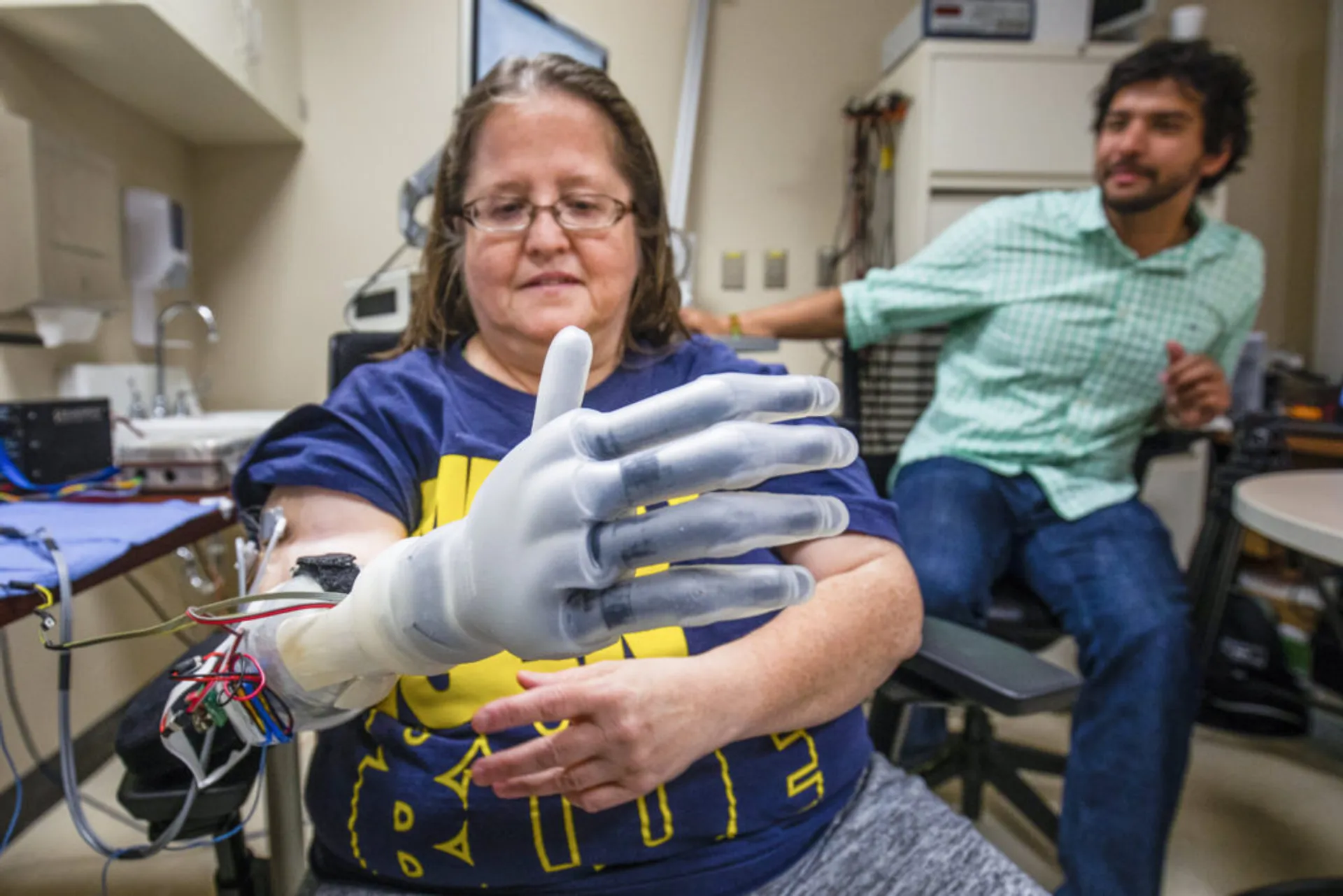
News about Rehabilitation Robotics
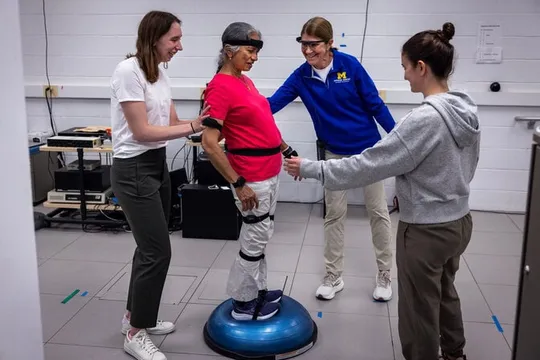
AI supports home-based balance training
December 8, 2025
New machine learning model draws data from wearable sensors to predict how a physical therapist would assess balance training performance.
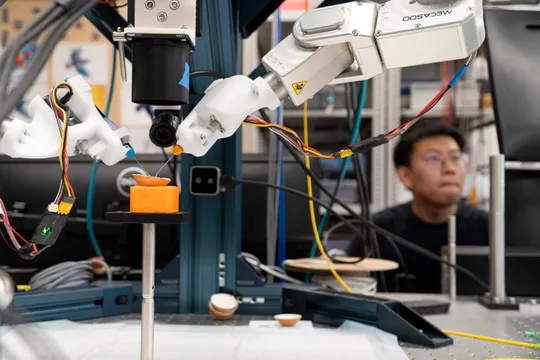
Surgeons “walking across the retina” project earns NIH Innovator Award
October 7, 2025
A project to improve how delicate microsurgeries are conducted by scaling up tissue in virtual reality could advance medicine.
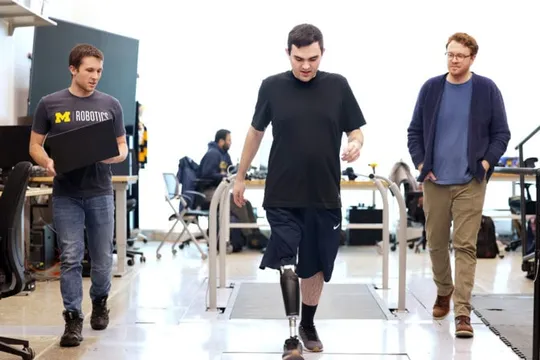
Expanding a commercial robotic prosthetic leg's benefits with advanced control
October 6, 2025
Paired with custom control software, Össur's powered knee prosthesis helped study participants sit, stand and walk more easily.
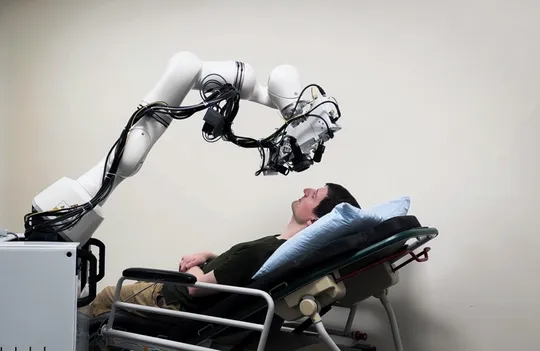
Improving accessibility for precise eye imaging
July 7, 2025
A new robotic solution can help bring the latest diagnostic ophthalmology equipment to the patient in whatever position they are comfortable.
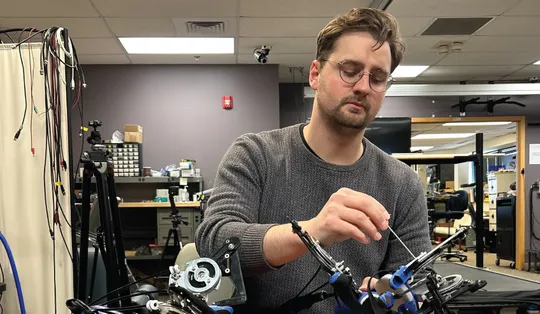
Low-cost technologies for stroke rehabilitation receive prize for outstanding PhD research
April 11, 2025
Thomas E Augenstein has been awarded the 2025 Towner Prize for Outstanding PhD Research. "The award recognizes Tom's extraordinary dedication and innovative contributions to stroke rehabilitation research over the past five years," said Dr. Chandramouli Krishnan.
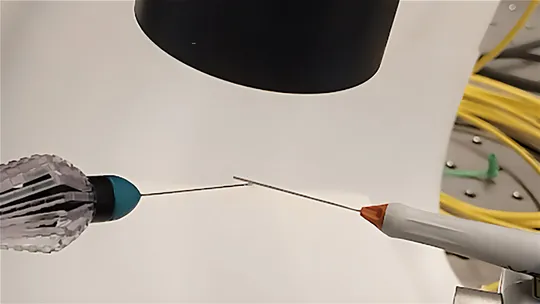
Improving the frame-rate versus resolution tradeoff in optical tomography
February 13, 2025
A new machine-learning approach to enhance the efficiency and accuracy of optical coherence tomography (OCT) imaging improved framerate with no drop-off in resolution.
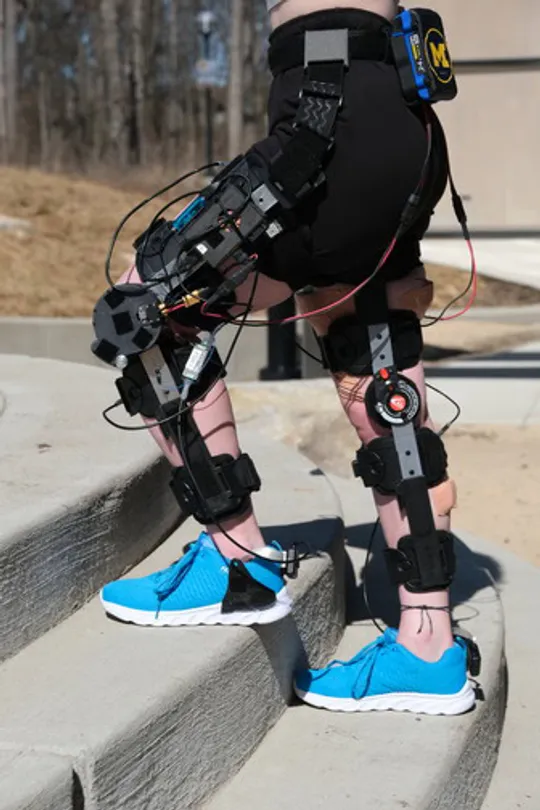
Versatile knee exo for safer lifting
September 18, 2024
Helping out the quad muscles kept study participants lifting safely despite fatigue, with an algorithm that smoothly shifts between lifting and carrying tasks.
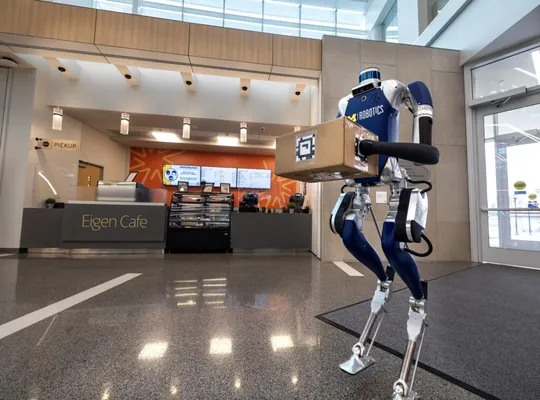
Enhancing humanoid robot actuator design in new $1.2M project
August 29, 2024
Researchers at the University of Michigan have been awarded a $1.2 million grant from the National Science Foundation (NSF) to enhance the design of humanoid legged robots, enabling their use in demanding situations such as warehouse labor and emergency response.
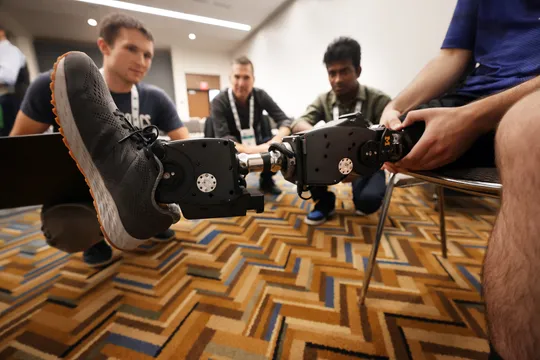
Building an ecosystem for the Open-Source Leg
July 10, 2024
University of Michigan researchers received a $1M grant to develop and expand the ecosystem around the Open-Source Leg, a lower-limb robotic prosthesis developed at U-M.
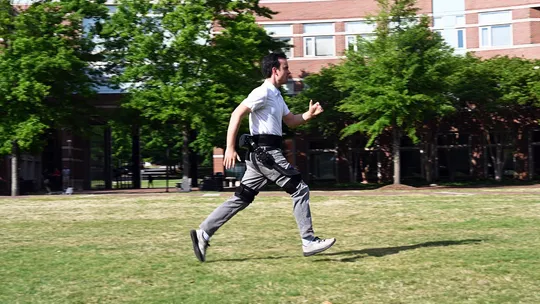
Simulation training improves performance in robotic exoskeletons
June 13, 2024
Researchers at North Carolina State University have demonstrated a new method that leverages artificial intelligence (AI) and computer simulations to train robotic exoskeletons to autonomously help users save energy for versatile activities such as walking, running, and climbing stairs.
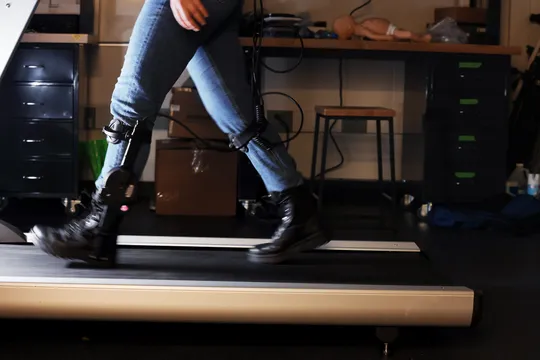
Even robots make mistakes: How humans walk with imperfect exoskeletons
March 12, 2024
When a lower limb exoskeleton does not operate properly, some users recover their step quickly while others overcompensate with their hip or ankle. Credit: Brenda Ahearn, Michigan Engineering.
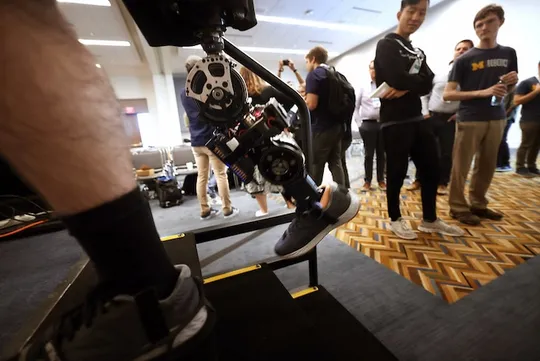
Better prosthetics: $3M to develop more natural robotic leg control
December 23, 2023
A smoother experience for robotic prosthetic leg users is the aim of a University of Michigan project that has received renewed support from the National Institutes of Health.